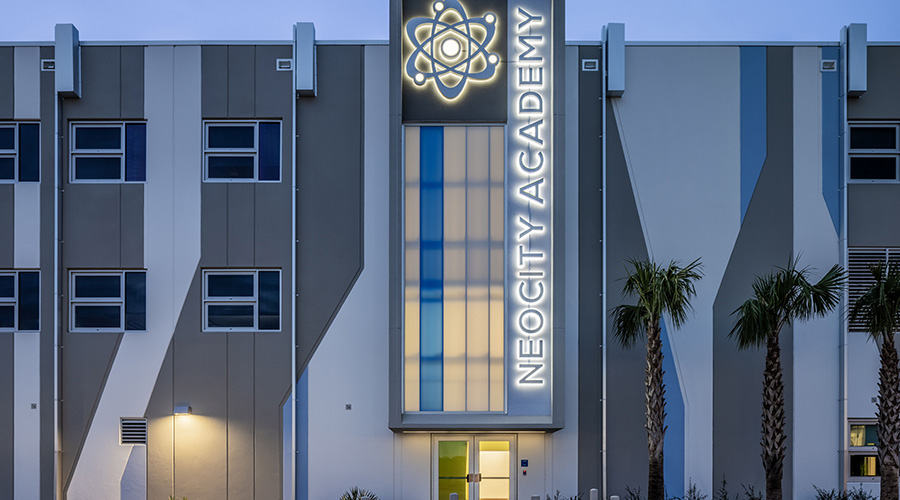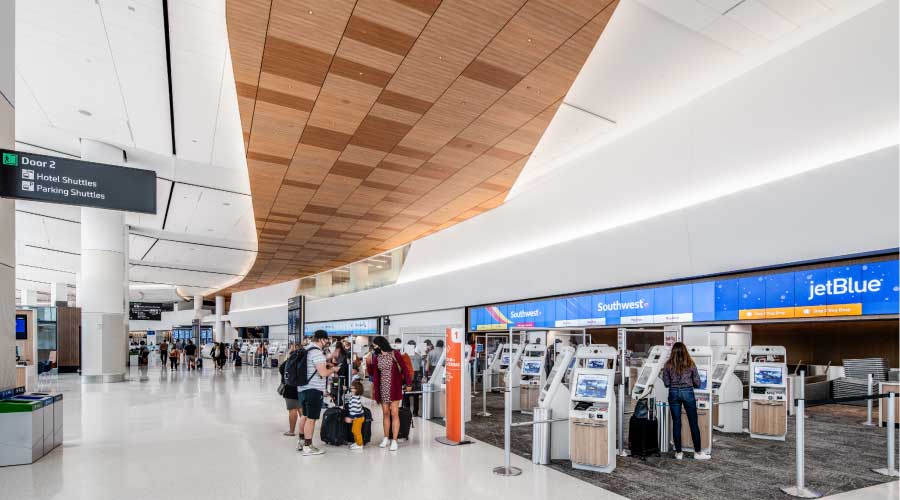AIA Reports on Green Building Incentives
A white paper by the American Institute of Architects titled “Local Leaders in Sustainability — Green Incentives” analyzes a dozen different types of green building incentives at the local, state and federal levels. The report identifies tax incentives, density/floor area ratio bonuses and expedited permitting as some of the most effective government programs for promoting green building.
According to the report, tax incentives are one of the “most robust and widely used form of incentives,” and are offered in several tax areas, including corporate, gross receipts, income, property, sales and local. The report says that tax credit programs, on the whole, are positive for green building, but many are still overly complicated. The report cites several examples of effective tax credit programs, including the Oregon Business Energy Tax Credit, which helps offset the cost to businesses for sustainable strategies if a building meets the LEED Silver level of certification.
In cities where low vacancy rates mean competition for space is intense, the report cites density/floor area ratio bonuses as particularly attractive. In such cases, facility executives willing to build green may be given greater space allowances in high-density areas. This is an attractive incentive, because increased space allowances increased profits for developers, according to the report. An example is Seattle’s downtown zoning legislation that allows for greater heights or larger floor areas for commercial facilities that achieve a LEED Silver rating or higher.
Expedited permitting for green building projects is an attractive incentive because it may mean a building can open sooner — and thus begin paying back the investment sooner. Chicago’s Green Permit Program reduces the permitting process for developers and owners who commit to building green to less than 30 business days, and in some cases, as few as 15, depending upon the number of green building elements, proposed level of LEED certification and project complexity.
The report also identifies net metering, grants (including fee subsidization), loans, technical/design assistance, permit/zone fee reduction, rebates and discounts on environmental products, and leasing assistance as effective examples of green building incentives.
The report includes a list of current green building incentives.

Related Topics:

















